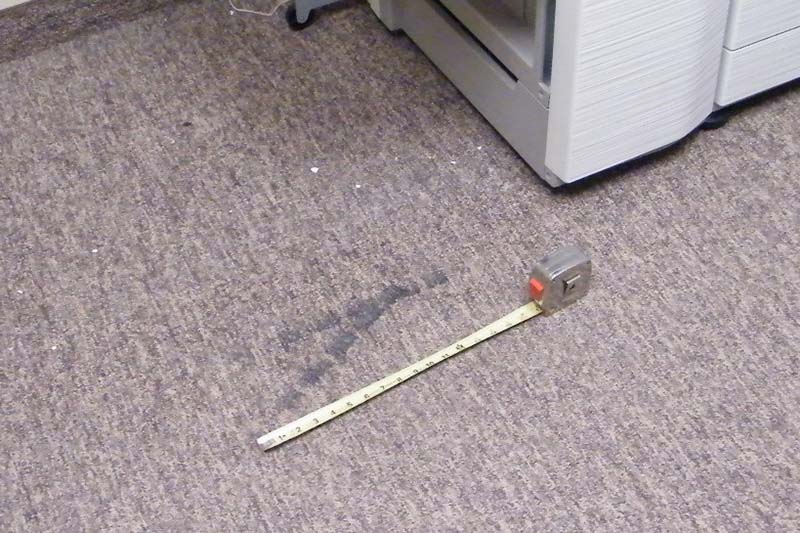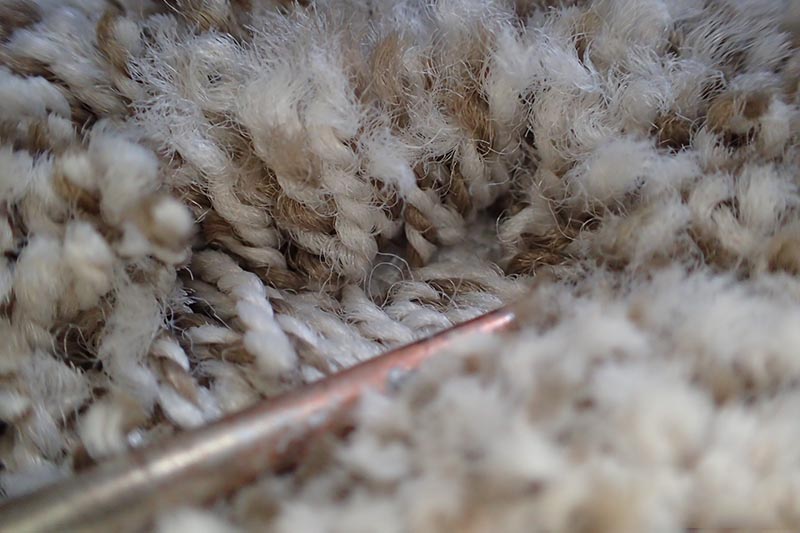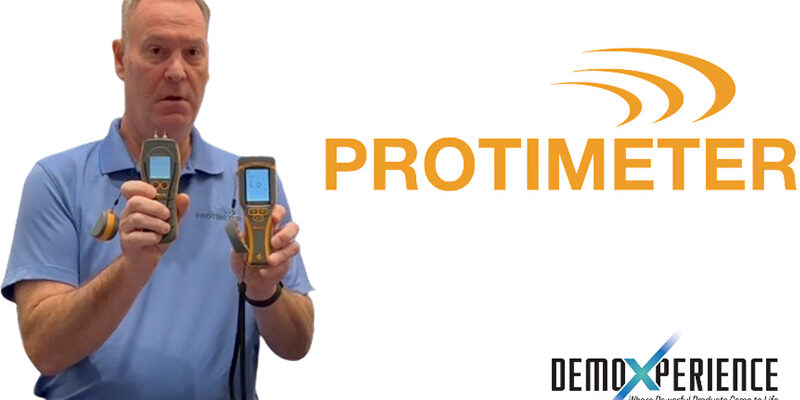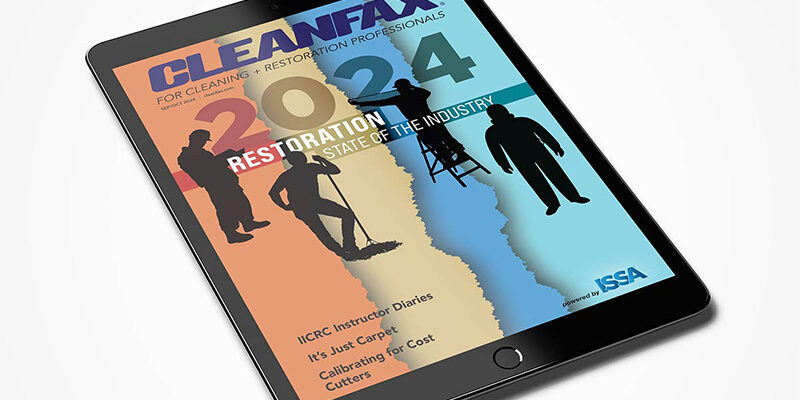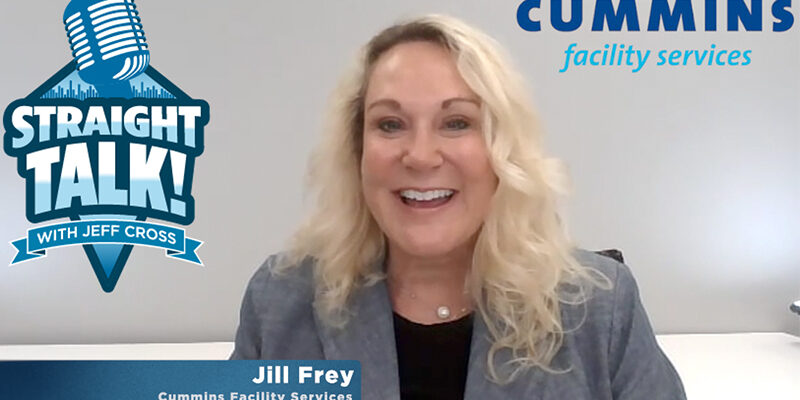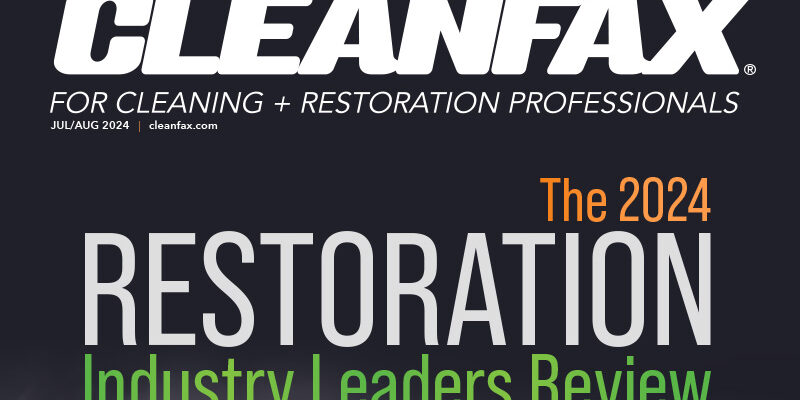Deadly Vacuums
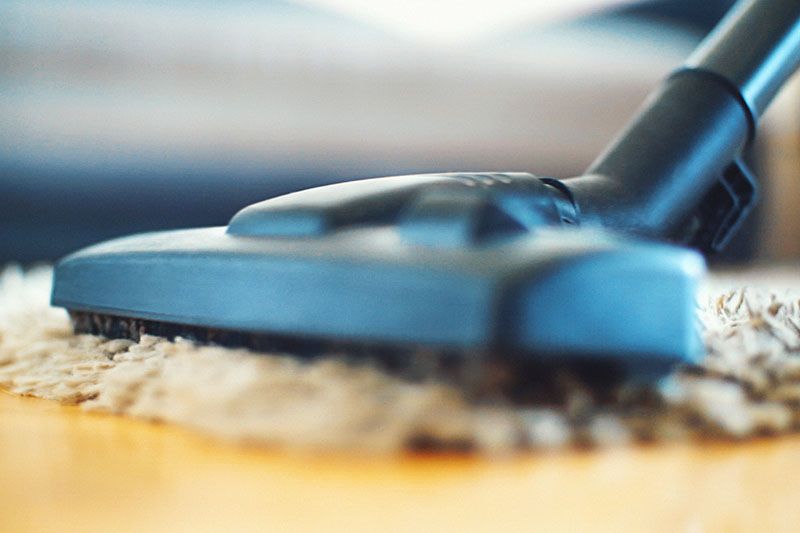
By Jessica Violand-Bruno
Can your vacuum damage carpet in your customers’ homes? It may be a scary thought, but the vacuum you use prior to cleaning carpet in homes and in commercial buildings may be destroying carpet.
With carpet sales continuing to decline in favor of hard surface flooring options, taking special care with client carpet — especially considering the advancement of carpet manufacturing and “soft” fibers — is increasingly important.
Proper care and maintenance of all products will ensure they last longer. Unfortunately, with the new innovations in vacuums over the years, many do not work well with the fibers on the market today.
The carpet-vacuum partnership
The first vacuums used a beater bar that the Hoover Company advertised by explaining, “It beats as it sweeps as it cleans.” These vacuums evolved into better ones that were easier to maneuver and worked well for the wall-to-wall carpet that became popular in the 1960s. Over time, HEPA filters and brush bars improved on the design, making them more efficient at removing dust and allergens from the environment.
Fibers and yarns
Wall-to-wall carpeting was first made from acrylic yarns. While these replicated the appearance of wool, and dyed easily, they did not have sufficient resiliency and were soon replaced by nylon.
Nylon, at one time, was the most common synthetic fiber and is still popular as a fiber choice today, more so in the commercial market because of its resiliency. Other synthetic fiber types, polyester and triexta, are lower in cost and eventually edged out nylon as fiber leader in the residential market.
Meanwhile, consumer demand for soft-feel carpet has caused manufacturers to produce smaller denier (thickness) fibers and yarns to produce a very soft carpet. The most prevalent soft-style carpet brands are Shaw Caress (nylon) and Mohawk SmartStrand Ultra (triexta).
The problem
Many of the modern vacuums are advertised with statements such as “no suction lost” or “extreme clean.” While these offer appealing ideas, they don’t always work with the new carpet that’s available.
The new, soft-style carpet has so many fibers packed into a small space that there is not much air movement from the backing. When this is the case, a vacuum that has “no suction lost” will suction the vacuum to the face of the carpet, making it extremely difficult to push or pull, resulting in a more difficult job for the technician.
Some of the new vacuums available have a very aggressive brush bar, sometimes advertised as “extreme clean,” and will hurt customer carpet over time. If you think about the soft-style fibers as hair, the aggressive brush bars are like a wire brush. These vacuums will cause severe texture loss by literally combing the twist out of the yarn and will void the warranty on the carpet.
Safer, better choices
The Carpet and Rug Institute (CRI) created a Seal of Approval program to help guide buyers to vacuums that will work with these new carpet types. To earn the CRI Seal of Approval certification, vacuums must pass the following independent laboratory tests:
Soil removal: The CRI approves only vacuums with soil removal of either 30 ounces per square yard of cut pile or loop pile, using x-ray fluorescence technology advanced by NASA, rather than traditional gravimetrix testing.
Dust containment: The CRI approves vacuums that offer the pinnacle of dust confinement, preventing the escape of dust back into the air. Only those that release less than 100 micrograms of dust per cubic meter of air are approvable.
Surface appearance change: For CRI approval, a vacuum must not cause more than a one-step change over a year of normal use — for the texture of commercial cut pile carpet, 900 passes.
The bottom line
While loyal carpet care customers can seem to offer job security, only proper care and maintenance of their carpet can ensure they see a lifetime of performance out of it — and your company gets plenty of service calls for it.
Help make sure your customers get the most out of their carpet investment because there’s no guarantee they’ll be choosing carpet over hard floors when the time comes to replace their flooring.
There is a list of approved vacuums at: www.carpet-rug.org/vacuums.html.
Jessica Violand-Bruno has been a flooring inspector since 2006. She is an IICRC Senior Carpet Inspector and holds certifications to inspect other floors as well. She is the lead sales associate with a flooring wholesaler. She has a unique perspective on why consumers choose what they want, the limitations that some homes and contractors face, and the lack of education for retailers. Contact her at
[email protected].

